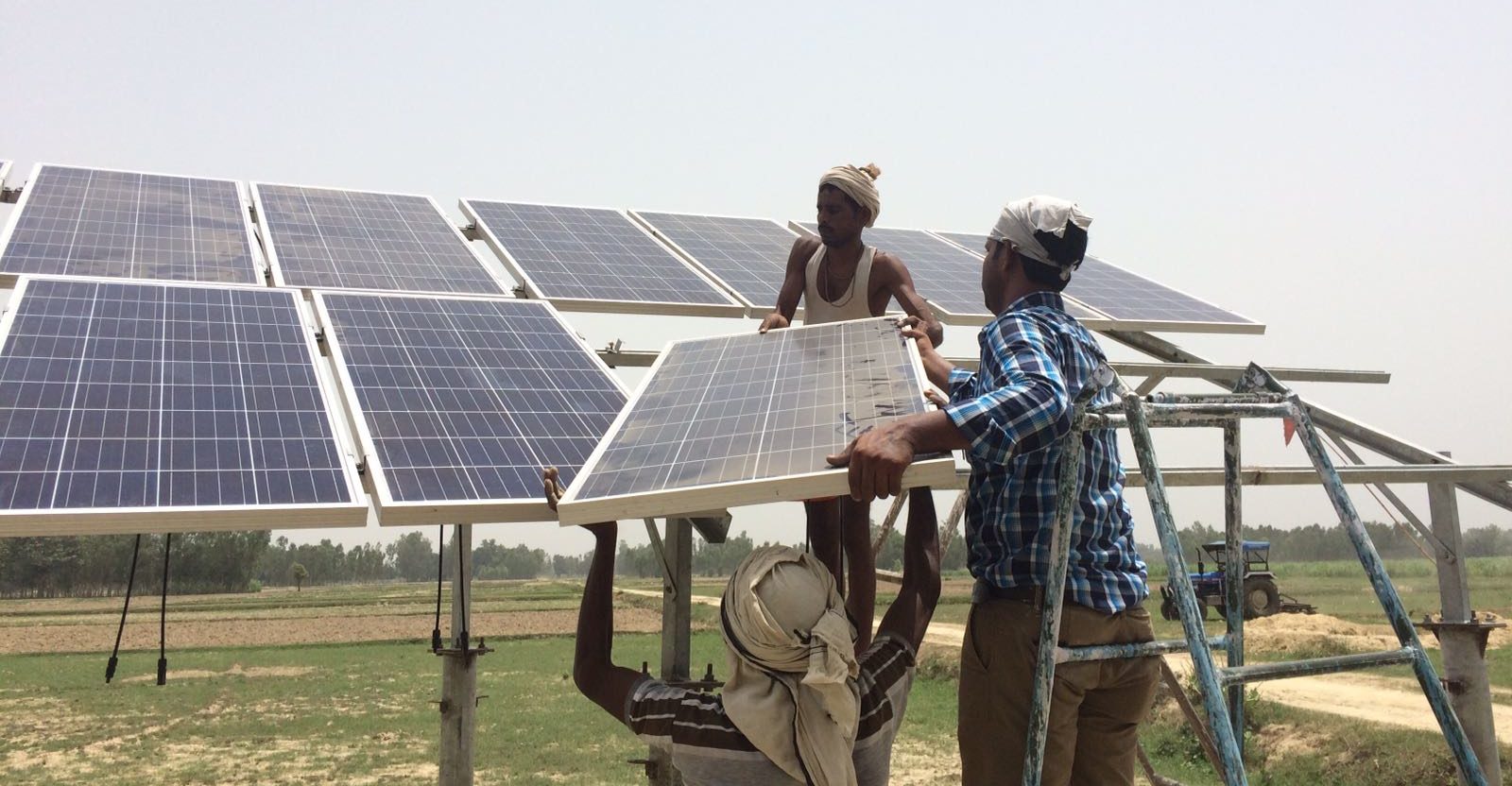Who We Are
The Mini-Grids Partnership is a consortium of over 320 like-minded mini-grid stakeholders interested in enhancing and complementing each other’s work through collaboration and coordination. To this end, the Partnership seeks to be an ‘umbrella’ group that can bridge discrete but related stakeholders and initiatives, from both the public and private sector. The Mini-Grids Partnership was founded in 2014 under the auspices of Sustainable Energy for All.
The Partnership is governed by a Steering Committee with representation from funders/financiers, government, industry and other enablers. The Committee includes African Development Bank, Africa Minigrid Developers Association, Alliance for Rural Electrification, CLUB-ER, FCDO, GIZ, GET.invest, International Renewable Energy Agency (IRENA), Power for All, Rockefeller Foundation, SNV, SEforALL, and the World Bank. The Steering Committee is responsible for providing strategic guidance and oversight to the Partnership’s operations. The Partnership’s day-to-day operations is led by its Secretariat at SEforALL and the Alliance for Rural Electrification.
The Mini-Grids Partnership is a voluntary partnership of leading mini-grid stakeholders – from both the public and private sector – that seeks to accelerate the development and deployment of clean energy mini-grids by exchanging information and ideas and shaping policy and markets to unlock the potential of widespread mini-grid electrification.
If you are interested in joining the Mini-Grids Partnership, or receiving our quarterly newsletter, please contact Ms. Maja Grsic at [email protected].
Steering Committee
The Challenge
According to the International Energy Agency, decentralized systems – including mini-grids – will make up nearly three-quarters of the additional connections to meet Sustainable Development Goal 7 – universal electricity access by 2030. Nearly all of these connections will be powered by renewables as a result of falling costs, technological advancements and more efficient appliances. With this potential, there has been a flurry of interest and activity around clean energy mini-grids.
However, despite these advances and the well-acknowledged global potential, the pace at which clean energy mini-grids are being developed and financed remains slow. There remain several barriers to the scaling-up of mini-grids, including:
Inadequate regulation, policy gaps or uncertainty: Unclear levels of policy commitment to and the lack of regulatory frameworks for mini-grids are an issue. The inability to charge cost-reflective tariffs is a key barrier, as is uncertainty over whether and when the grid will arrive, and what options are available to avoid stranded assets when the grid does arrive.
Lack of proven commercial business models: Fundamental operational challenges in serving remote and low-income markets (accessibility, distance between residential and commercial users, low or unpredictable demand, reliable income streams, maintenance) make it difficult to size and operate mini-grids on a commercial basis, particularly in the absence of adequate support and de-risking mechanisms.
Lack of access to affordable longer-term finance: Private banks and venture capital investors perceive a greater risk in mini-grids due to limited sector experience/exposure. Market rate debt is prohibitively expensive and access to project financing is limited. While the scenario is slowly changing with increased interest from the Development Finance Institutions, the deployment of concessionary finance to de-risk projects is frequently stymied by the absence of other forms of finance.
Lack of local capacity: There is a lack of relevant technical and commercial skills to scale-up operations and financing. Furthermore, with regulatory, resource and financial situations varying between projects, mini-grid types and countries (most clean energy mini-grids are currently bespoke), the implementation of mini-grid projects often requires external and expensive specialists.
Market fragmentation and unmade linkages: Due to the nascent stage nature of the market, there is a lack of transparent and reliable data to guide decisions (demographics, urbanization, ability-to-pay, regulation, potential local partners). There also exists an issue between those driving the demand for electricity (local/national businesses, communities and sectors such as agriculture, health or water), and the international developers, technology providers and financiers who each hold different reins of the necessary elements for successful mini-grid development.
To address these barriers, we need a more cohesive, efficient, and strong mini-grids sector. This requires greater collaboration and coordination amongst the various stakeholders including funders/financiers, governments, industry/private sector and other enablers
Our Aims
The Mini-Grids Partnership aims to create a thriving global mini-grids sector to help achieve SDG7. The Partnership uses the collective experience of its members and its unique relationship with leading development partners to:
- Champion the sector and help shape policy for public and private sector mini-grid development
- Coordinate sector knowledge and action
- Broker partnerships
- Support finance and de-risking mechanisms, business models, and opportunities
- Promote international standards and quality assurance frameworks
The Partnership convenes a global network, hosting regular calls with the Steering Committee members, as well as events with the Partnership members.The Partnership also publishes industry newsletters that capture the latest sector research, tools, and developments. The Partnership also hosts thematic working groups, which are demand-driven and focused on delivering tangible outputs and deliverables.
















